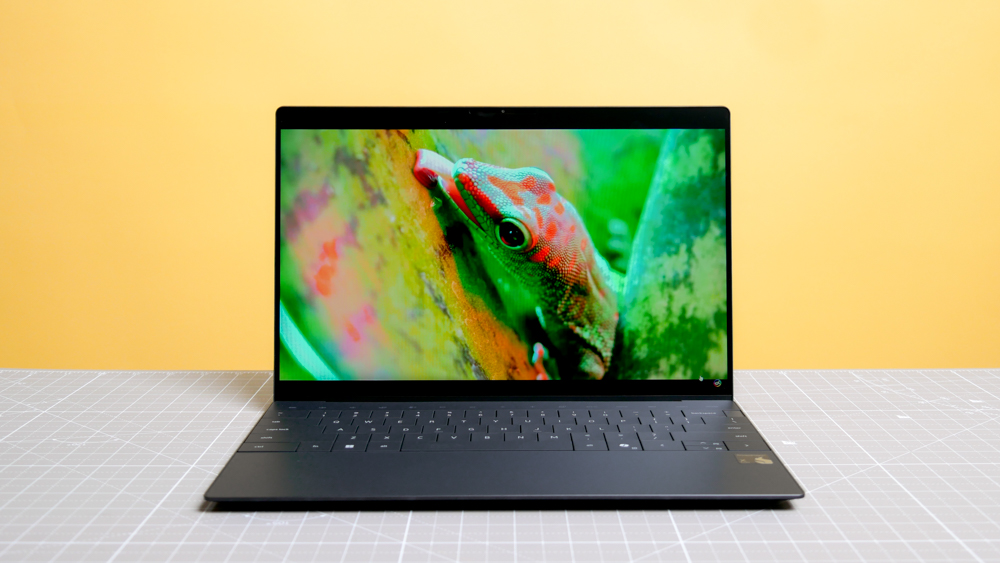I Just Went Hands-On With Samsung’s $30,000 Micro RGB TV — and It Puts OLED TVs on Notice
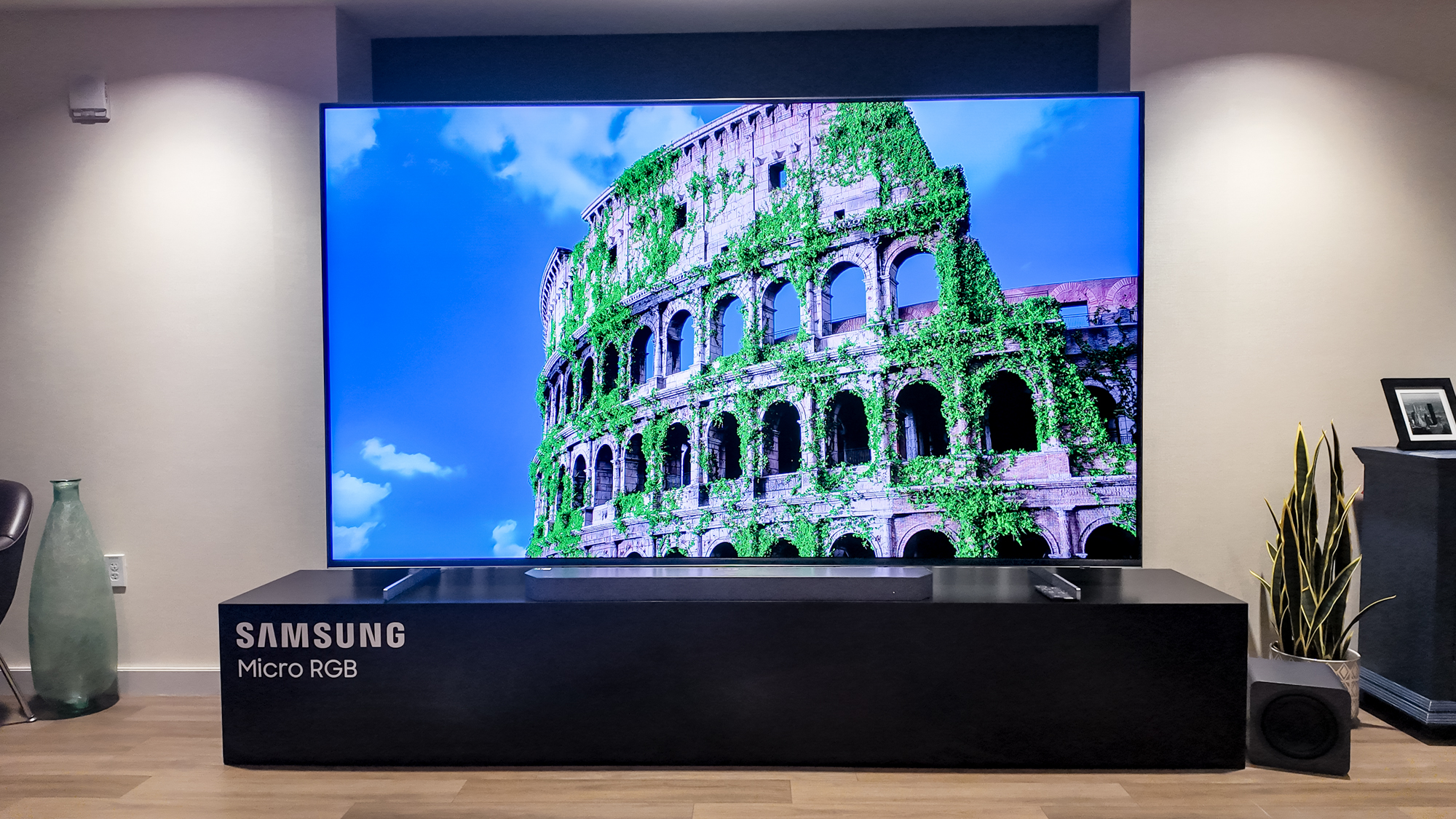
Samsung recently revealed one of its most ambitious TVs yet: a $30,000, 115-inch display designed with what the company has branded Micro RGB technology. I spent time up close with the giant screen, and while the price tag is staggering, what I saw on the Samsung Micro RGB TV might actually justify it.
At the very least, it could represent the next big leap in TV display technology — and give the best OLED TVs a run for their money. Here's my hands-on impressions of Samsung's Micro RGB TV.
RGB Micro-LED has entered the chat
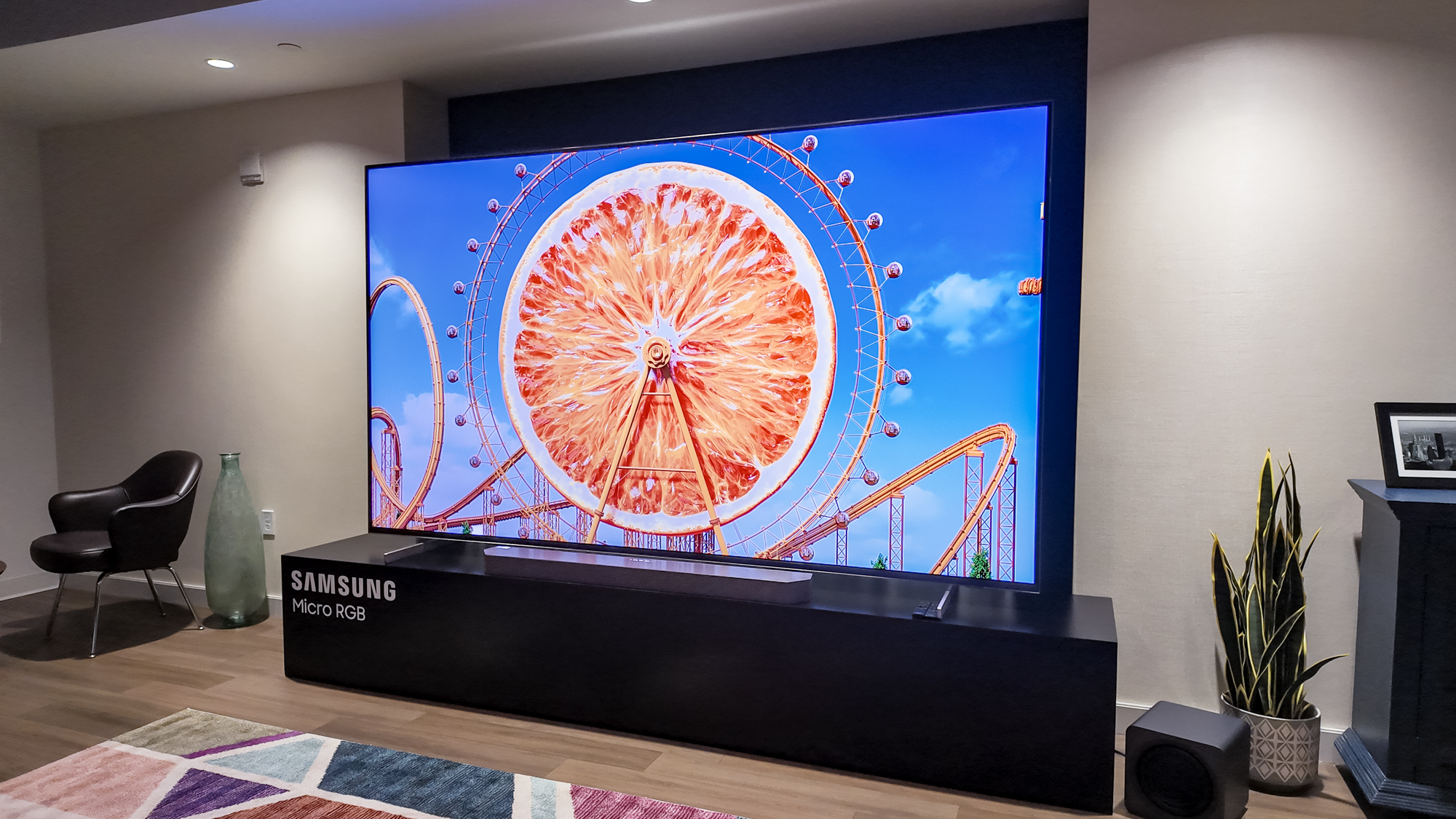
You see, most high-end TVs I’ve tested recently have been either Mini-LED or OLED. Personally, I used to swear by OLED, but lately Mini-LED has been stealing the spotlight with how precise the backlight control can be.
And then when I saw the RGB Mini-LED drivers Sony is working on earlier this year — red, green, and blue LEDs clustered together in each individual pixel replacing the traditional blue or white backlighting — I fully bet on it being the future of consumer TVs.
Samsung’s Micro RGB looks to take things a step further with micro-sized LEDs that measure less than a tenth of a millimeter.
Samsung’s Micro RGB looks to take things a step further with micro-sized LEDs that measure less than a tenth of a millimeter. Although I wasn’t able to take a rule to measure, I’m pretty confident these backlights are even smaller than Sony’s RGB Mini-LEDs.
This could matter for two key reasons. First, the contrast control should be far more precise. Samsung says the Micro RGB TV offers four times the dimming zones of the QN90 Mini-LED series.
And second, speaking anecdotally, the color volume is unlike anything I’ve seen. (Sony’s RGB is about as close as I can recall.) Standing in front of this screen, the reds and greens especially popped in a way that felt true-to-life: not neon, not oversaturated, not flat, just rich and vibrant.
Get instant access to breaking news, the hottest reviews, great deals and helpful tips.
Futuristic performance... sort of
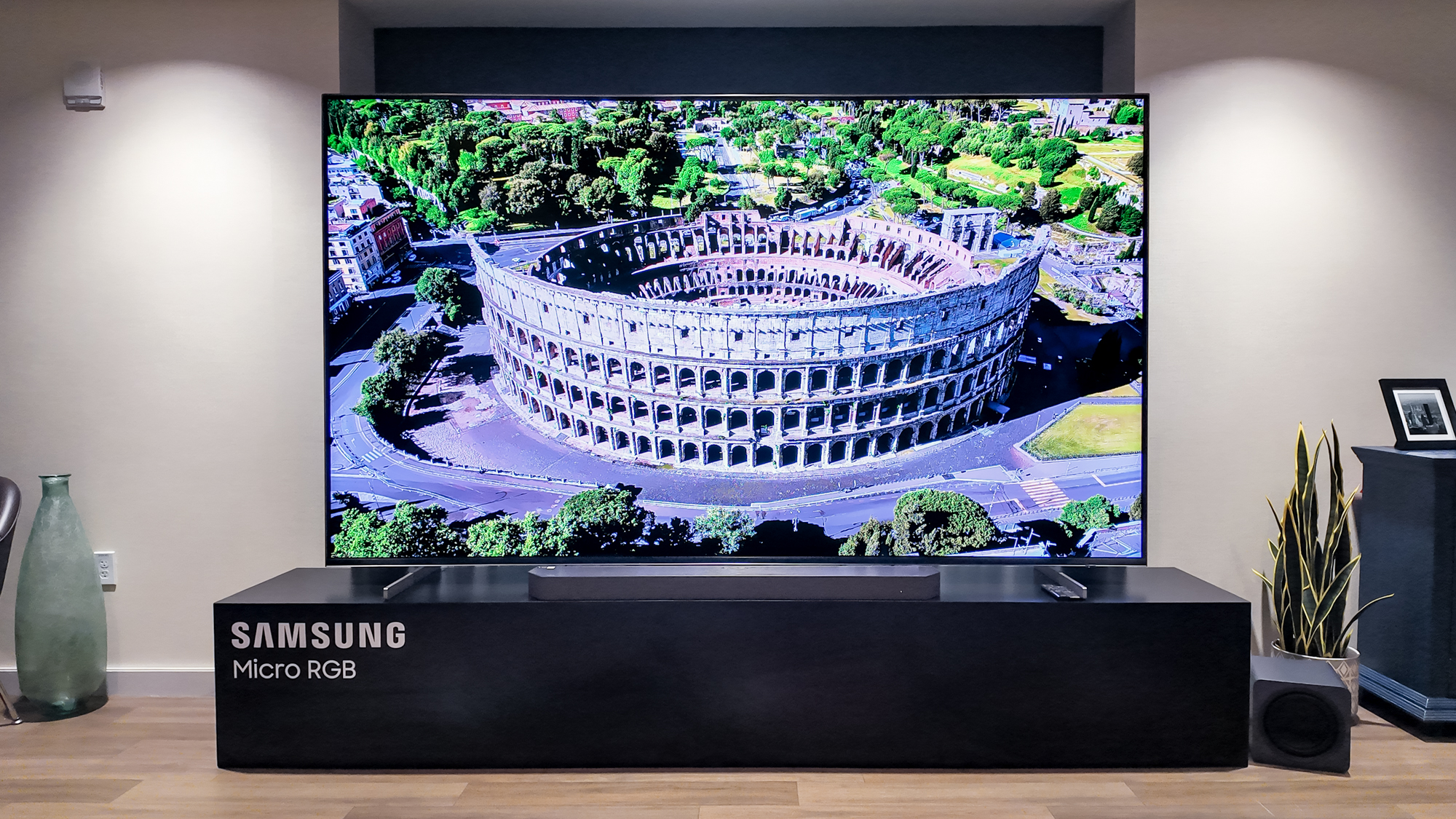
Samsung claims this TV can cover 100% of the BT.2020 color gamut, something no TV has ever achieved before. For context, the most accurate consumer TV we’ve tested, Samsung’s own S95F OLED, covered about 90%. I wasn’t able to run benchmarks at this demo but I’m wildly curious to see what kind of results we’d get.
I’d be even more curious to benchmark it against The Wall, Samsung’s modular MicroLED system that shows up every year at CES and some display trade shows. True MicroLED is self-emissive, more like OLED, so every pixel produces its own light.
That translates into perfect blacks, extreme brightness, and no risk of burn-in. It’s basically the holy grail of displays, though it still costs as much as a house.
To me, it reads like an elevated Mini-LED rather than the full MicroLED experience. That’s probably why it costs $30,000 and not $300,000.
The 115-inch Micro RGB I saw isn’t quite that. It’s technically LCD-based, but it uses those ultra-tiny RGB LEDs as the backlight. To me, it reads like an elevated Mini-LED rather than the full MicroLED experience. That’s probably why it costs $30,000 and not $300,000.
Beyond the Micro RGB technology, the display’s 144Hz refresh rate makes it ideal for gaming, while Samsung’s Glare-Free matte finish kept reflections minimal in the demo space.
The RGB backlight system requires serious processing power, so Samsung built a new RGB AI engine to manage it, as well as all the other AI features we see in Samsung TVs these days.
Then there’s the Art Store. I’ve always liked Samsung’s approach of letting you turn a TV into a digital gallery with The Frame, but seeing it on a 115-inch screen takes it to another level. Paintings, photography, and even digital artwork filled the space with so much presence, it genuinely made me think about how I’d use a display like this if I ever had the space (or budget) for it.
Samsung Micro RGB TV outlook
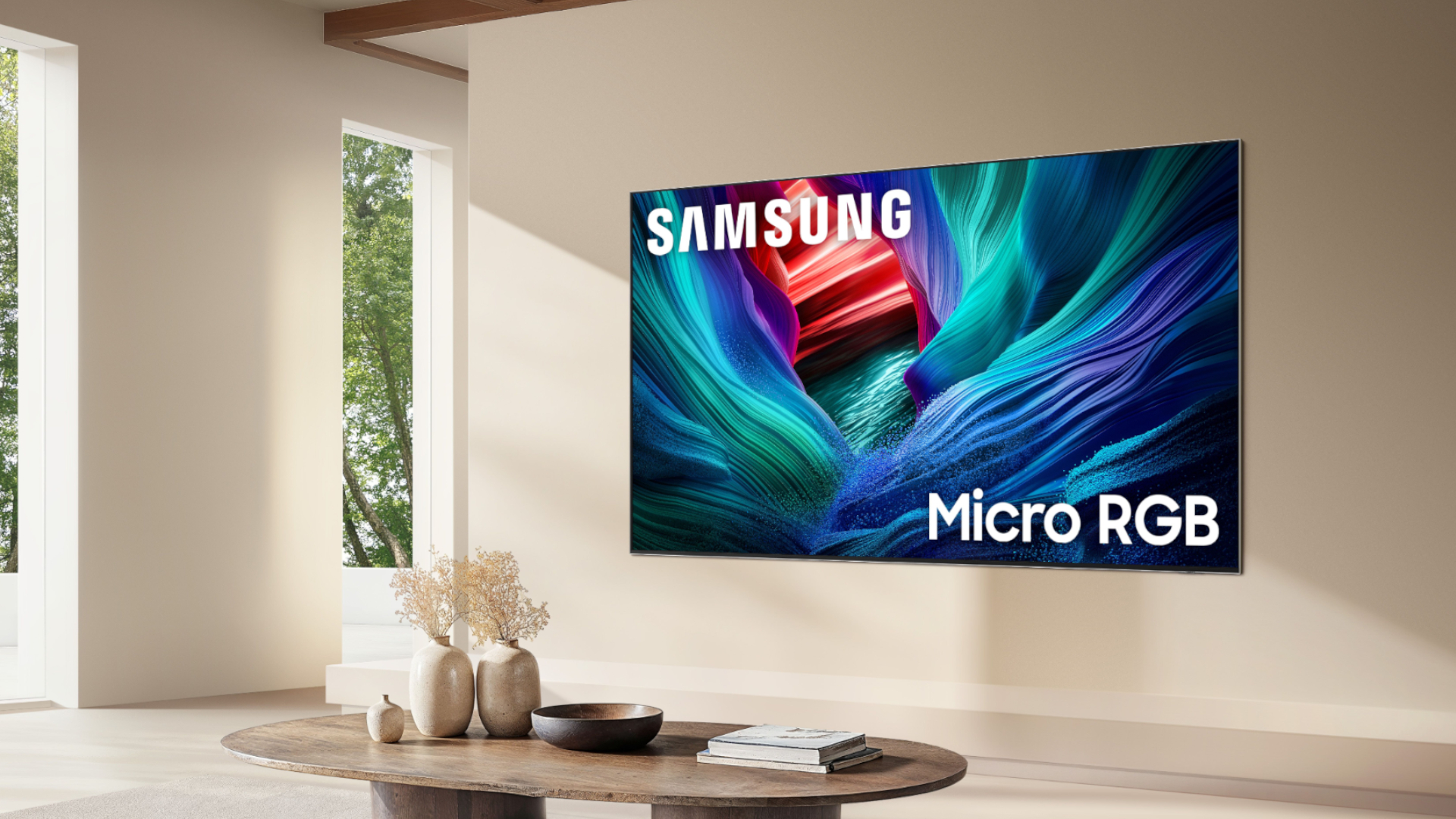
The Samsung 115-inch Micro RGB TV is massive, expensive, and very possibly the most color-accurate screen I’ve ever seen with my two eyes. Well, besides maybe a reference monitor that also costs $30,000.
We would need to test it properly to confirm Samsung’s claims, but based on my hands-on time, the level of detail in contrast and the richness of color were unlike anything else I’ve seen from the TV market in recent memory.
Still, I wonder whether this will stay as an ultra-premium showcase or if Samsung plans to trick Micro RGB down to its more mainstream Neo QLED line. Personally, I think Sony’s budding approach is closer to a model regular consumers could actually buy in the near future. But as a vision of what the next big thing in TVs might look like, Samsung’s Micro RGB left a very strong first impression.
Follow Tom's Guide on Google News to get our up-to-date news, how-tos, and reviews in your feeds. Make sure to click the Follow button.
More from Tom's Guide

Kate Kozuch is the managing editor of social and video at Tom’s Guide. She writes about smartwatches, TVs, audio devices, and some cooking appliances, too. Kate appears on Fox News to talk tech trends and runs the Tom's Guide TikTok account, which you should be following if you don't already. When she’s not filming tech videos, you can find her taking up a new sport, mastering the NYT Crossword or channeling her inner celebrity chef.
You must confirm your public display name before commenting
Please logout and then login again, you will then be prompted to enter your display name.
